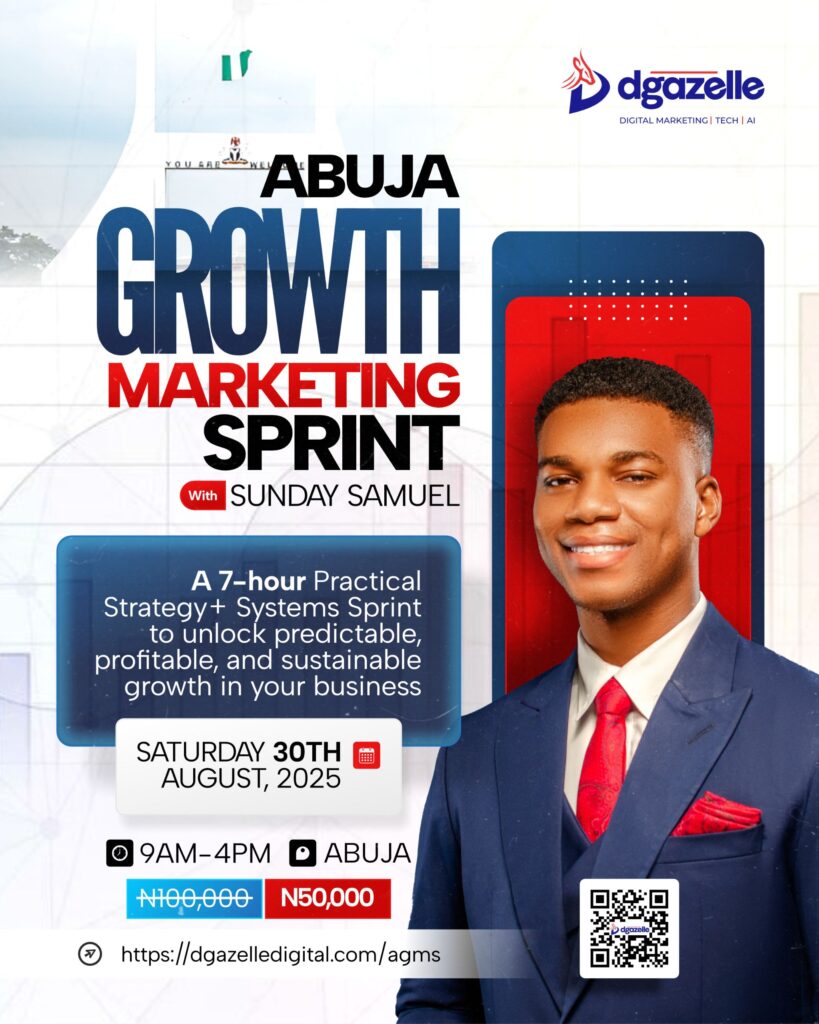Storytelling in marketing is a dynamic way to connect with your audience on a deeper level, creating content that resonates emotionally and sticks in their minds. It doesn’t always require a full-fledged narrative with heroes, climaxes, and resolutions. Even brief anecdotes or relatable experiences can captivate and engage your audience effectively.
Consider leaders like Richard Branson, who skillfully shares his business insights and personal stories to inspire and interact with his audience. His storytelling draws from authenticity and human connection—qualities that make his messages memorable.
Whether you’re crafting full-blown tales or concise, impactful snippets, storytelling is your gateway to transforming your content marketing strategy. Let’s explore the most effective storytelling tips that will help you hook your audience and turn your narratives into a powerful business tool.
What is Storytelling for Marketing, and Why Does It Matter?
Storytelling for marketing involves using narratives to connect with your audience, keeping them engaged and emotionally invested in your message. Personal stories add a unique touch to your content, making it more memorable and impactful.
While facts provide value, stories give your content personality, making it stand out. People remember narratives far better than raw data, and storytelling creates an entertaining experience that holds attention.
Moreover, storytelling enhances trust and fosters a sense of community. By turning facts into relatable experiences, you share something meaningful with your audience, building credibility and connection.
Emotions triggered by stories drive actions, which is why storytelling is a powerful tool in marketing. Whether your goal is to convert, inspire, or inform, the emotional pull of a well-told story can motivate your audience to take action.
Storytelling Tips to Hook Audience
1. Inspiration
Inspiration plays a crucial role in helping prospective customers make purchasing decisions. Often, we don’t consciously recognize what inspires us to choose one brand over another. As HubSpot aptly puts it: “Marketers should be inserting themselves into their stories. Brand stories are not objective. In fact, the most successful ones are highly subjective.” This subjectivity makes storytelling compelling because it connects emotionally, inspiring action.
Consider De Beers’ iconic slogan, “A Diamond is Forever”. It doesn’t just sell diamonds; it sells the idea of eternal love. Or Apple’s famous “Think Different”. It’s not just about technology—it inspires individuality and creativity.
By embedding inspiration into your brand’s story, you create a narrative that resonates deeply, making it easier for customers to relate to and act on your message.
2. Images Speak Louder Than Words
While storytelling often thrives on words, the power of visuals can’t be overlooked. Relevant images not only enhance your narrative but also significantly improve information retention.
Studies show that people remember 65% of the information three days later when it’s paired with images. Whether it’s a photo, infographic, or video, visuals add depth to your story, making it more impactful and engaging for your audience.
3. Share the Spotlight
Instead of the typical corporate narrative showcasing how your product or service helped others, shift the focus to someone who made a difference for you.
Whether it’s a mentor, a supportive customer, or a collaborative partner, telling stories about those who impacted your journey adds authenticity and relatability to your content.
Blog posts serve as a bridge to connect with your audience on a personal level. Highlighting stories of gratitude and influence not only educates but also creates content that truly resonates with readers.
4. Personal Touch
People connect with stories that reveal the human side of a business. This authenticity fosters trust and strengthens relationships with customers. It’s why many companies actively use social media to boost visibility and engage on a personal level.
Such personal anecdotes not only make stories relatable but also highlight the values and personality behind the brand. By showing authenticity, businesses can form deeper emotional connections with their audience, making their message more memorable and impactful.
5. Emotions
The heart of a successful marketing strategy lies in storytelling, which builds a bond with your audience and establishes credibility. Rather than relying on dry facts, sharing authentic, personal insights about your company helps your brand stand out and connect emotionally with your readers. According to a study by The Advertising Research Foundation (ARF), consumers prefer emotions, personal experiences, and feelings over plain information. This approach is more impactful, as it resonates deeply with your audience, making your brand more memorable and influential.
6. Plotting
At the core of every timeless story lies a challenge and a resolution—two elements that resonate deeply with audiences and activate emotional engagement. This structure has fueled the success of many iconic brands.
In marketing, relatable storytelling is your key to capturing your audience’s attention. For example, Dove frames its messaging around a universal problem and its solution:
- Challenge: Ordinary soaps strip skin of essential nutrients.
- Solution: Dove’s moisturizing cleanser leaves your skin soft, smooth, and radiant.
By incorporating this approach, you can create narratives that address real-world challenges and position your product or service as the resolution. It’s a proven way to build trust and foster connection.
7. Build Your Brand
Storytelling is the cornerstone of building a memorable and influential brand. A compelling narrative creates a need and fosters emotional connections, which drive customer loyalty.
Take Starbucks as an example. Customers willingly pay premium prices and endure longer waits because they’re not just buying coffee—they’re investing in an experience, a lifestyle, and a story.
The ability to influence cultural behavior and build loyalty stems from a brand’s capacity to weave stories that resonate deeply with its audience. It’s not just about selling; it’s about inspiring.
8. What Are People Talking About?
Stay attuned to the conversations happening around you, whether it’s with family, friends, or colleagues. These casual discussions often spark ideas that can be transformed into valuable blog posts for your audience. Pay attention to trending topics or everyday challenges that resonate with people. You never know which conversation might lead to content that connects deeply with your target audience.
9. Character-Driven Stories
One powerful technique is to create characters that readers can follow through a series of blog posts, encouraging ongoing engagement. For instance, my high school music teacher used a fictional student named Oscar, who always asked the “stupid” questions that no one else dared to ask. She turned Oscar into her trademark character, making her lessons more unique and fun. This approach made learning memorable and kept the content accessible, particularly in educational settings.
Storytelling in marketing doesn’t always have to be long, complex narratives. It can also be short-form stories, like brief anecdotes or personal glimpses into your life. When we think of storytelling, it often sounds like something only expert content creators can manage. However, by understanding the versatility of storytelling, you can transform what seems like a big roadblock into a valuable tool in your marketing toolkit.
Incorporating these storytelling techniques offers endless possibilities to make your content more diverse and engaging. Whether it’s using a recurring character or adding personal anecdotes, these simple storytelling elements can enhance the connection with your audience and make your blog posts more memorable.
As you continue to experiment with these techniques, you’ll find they can turn ordinary content into something far more relatable, engaging, and emotionally resonant with your audience.
Conclusion
Mastering storytelling in marketing is an essential strategy for capturing your audience’s attention and building lasting connections. By weaving emotions, personal experiences, and relatable challenges into your content, you transform your brand into something more than just a product or service—it becomes a story that resonates with your audience. Whether you’re inspiring, sharing a personal touch, or using visuals to amplify your message, storytelling allows you to engage your audience on a deeper level. As you implement these tips, remember that storytelling isn’t just about telling a tale—it’s about creating a narrative that sparks action, builds trust, and strengthens your brand’s identity. Start integrating these storytelling techniques today, and watch your marketing efforts elevate to new heights.
At Dgazelle, we specialize in crafting engaging content and dynamic social media campaigns that build connections and drive results. Contact us today to discover how our marketing and social media services can help your business tell its story, increase engagement, and boost conversions. Let’s make your brand unforgettable!







